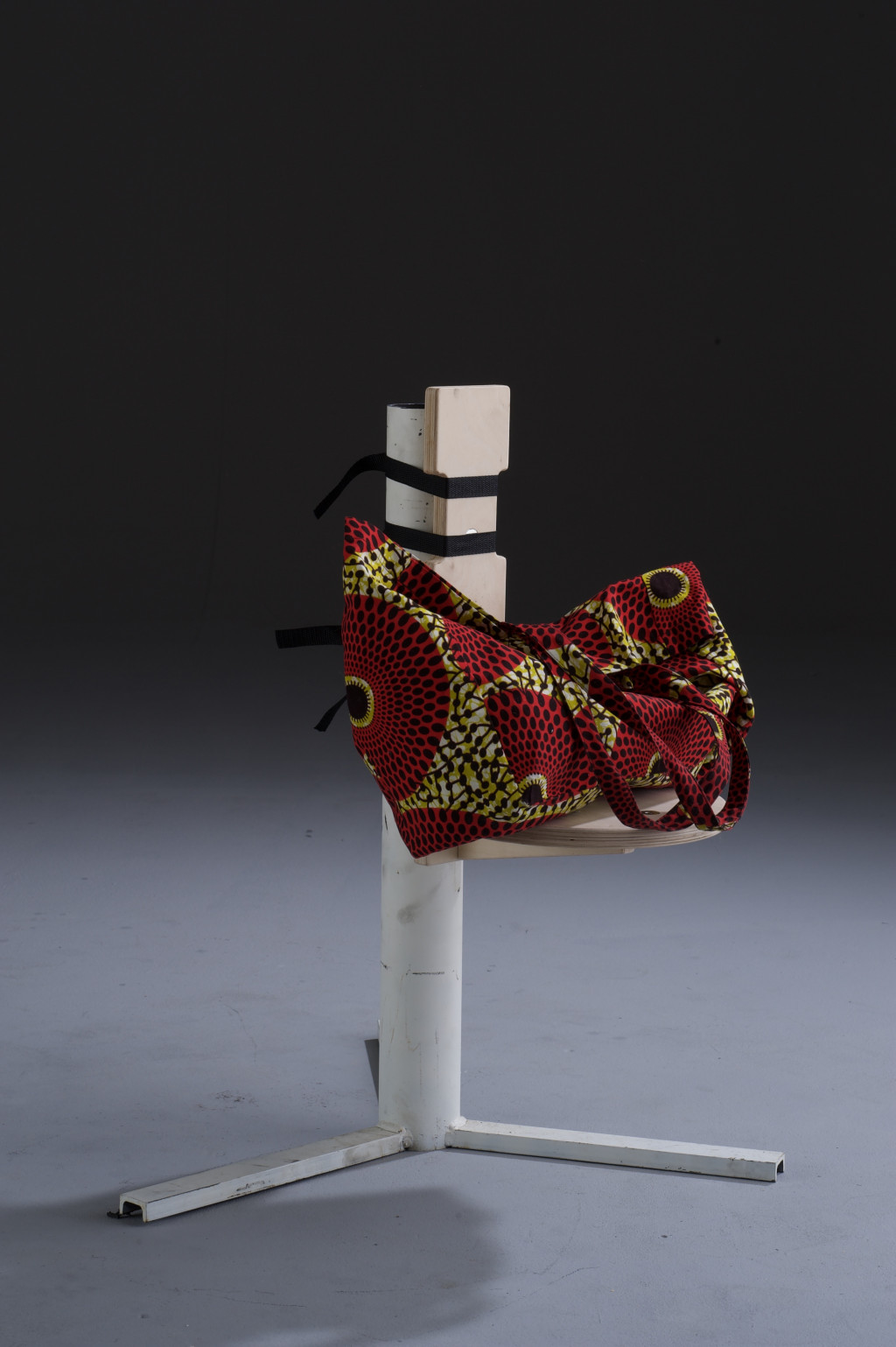Lyus – Live Your Urban Space
BA Product Design Project
2023
semester

EN
Beginning with the text “The Social Life of Small Urban Spaces,” dated 1980 and written by sociologist William H. Whyte, my research aims to analyze and reframe the role of seating within an urban context. Ideally, sitting should be physically comfortable: benches with backrests, well-contoured chairs. It’s more important, however, that it is socially comfortable. This means choice: sitting up front, in back, to the side, in the sun, in the shade, in a group, alone; on a low wall or a railing, rather than on a bench or at a coffee shop table. It has been shown that people simply tend to sit where there are places to sit. And that means reinventing everyday objects and places, to make them what we need, without even realizing it. Therefore, Lyus is a chair that can be attached to poles-light poles or signs-around the streets, to prefer socially comfortable rather than physically comfortable seating.
IT
Partendo dal testo “The Social Life of Small Urban Spaces”, scritto nel 1980 dal sociologo William H. Whyte, la mia ricerca si propone di analizzare e riformulare il ruolo della seduta all’interno del contesto urbano. Idealmente, la seduta dovrebbe essere fisicamente confortevole: panchine con schienale, sedie ben conformate. Ma è ancora più importante che essa sia socialmente confortevole. Questo significa scegliere: sedersi davanti, dietro, di lato, al sole, all’ombra, in gruppo, da soli; su un muretto o una ringhiera, piuttosto che su una panchina o al tavolino di un bar. È stato dimostrato che le persone, semplicemente, tendono a sedersi dove ci sono posti a sedere. E questo significa reinventare gli oggetti e i luoghi di tutti i giorni, per renderli ciò di cui abbiamo bisogno, senza nemmeno rendercene conto. Lyus è quindi una sedia che può essere attaccata ai pali – della luce o dei cartelli stradali – lungo le strade, per preferire una seduta socialmente confortevole rispetto ad una fisicamente comoda.
DE
Ausgehend von dem Text “The Social Life of Small Urban Spaces”, der 1980 von dem Soziologen William H. Whyte verfasst wurde, zielt meine Forschung darauf ab, die Rolle des Sitzens im städtischen Kontext zu analysieren und neu zu formulieren. Idealerweise sollten die Sitzgelegenheiten körperlich bequem sein: Bänke mit Rückenlehnen, gut geformte Stühle. Aber noch wichtiger ist es, dass sie sozial verträglich ist. Das bedeutet, dass man sich entscheiden muss: vorne, hinten, an der Seite, in der Sonne, im Schatten, in einer Gruppe, allein; an einer Wand oder einem Geländer, statt auf einer Bank oder an einem Cafétisch. Es hat sich gezeigt, dass Menschen einfach dazu neigen, dort zu sitzen, wo es Sitzgelegenheiten gibt. Und das bedeutet, dass wir alltägliche Gegenstände und Orte neu erfinden, um sie zu dem zu machen, was wir brauchen, ohne es überhaupt zu merken. Lyus ist also ein Stuhl, der an Masten – Lichtmasten oder Straßenschildern – entlang der Straßen befestigt werden kann, um einen sozial bequemen Sitzplatz einem physisch bequemen vorzuziehen.




